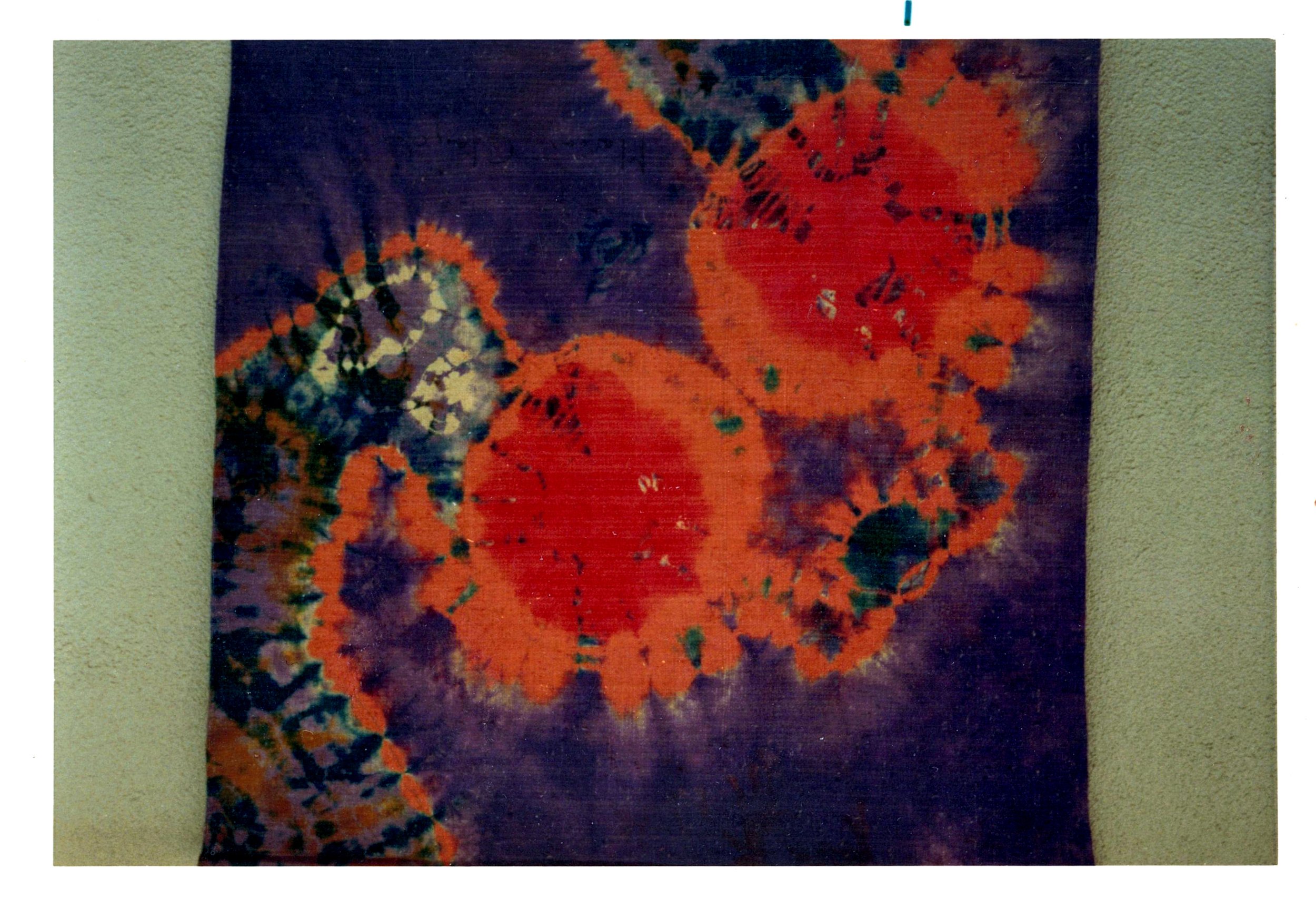Week 4 - Rediscovering Photos
I sat down this week to do some serious scanning. I was so completely shattered from work and a busy Halloween weekend that I really didn’t get any good reading done. I did sit down and sort out a list of articles and book sections to read over the coming week, so I’m calling that progress in an organisational sense. I’m heading up to Newcastle this weekend on the train for a friend’s birthday party and while I’m looking forward to having a little boogie, I’m really looking forward to having 6 uninterrupted hours of reading time. If I’m fastidious I might be able to play catch up on the last week or so.
However, despite some lack of reading progress this week I did manage to get two book introductions under my belt. One was the introduction to a fairly fascinating collection of essays called Through the Wardrobe: Women’s Relationships with their Clothes. There should be an interesting essay on race and fashion clothing black bodies that will prove interesting context for examining Marian’s work in the 80s mostly.
Mary Schoeser suggested that Marian’s work was boundary-breaking in the way that it clothed black and white bodies alike. She claims that the universality of Marian’s work was a bridge between historically divided black and white fashion at the time. I’m trying now to get a sense of how true that might be by seeing if there was a general movement in the 80s that broke those barriers, or if Marian truly did shatter a wall.
Photo (right) is the June 1991 cover of Essence Magazine in which Oprah Winfrey wears a pink Clayden jacket. Marian kept a few copies of this cover in her personal collection. The other book was a Mary Schoeser edited collection of essays called Disentangling Textiles that I hope will provide a good framework for object-based study. I only managed the intro but that’s what the train is for!
Far more than the reading this week, I did a heap of scanning. The headliner image for this post shows me method. I have a document feeder on my scanner which has worked fine for single or 2-3 staked large print images, but smaller ones have been getting stuck in the rollers or getting stuck to one another and I don’t want to damage them at all, so I’ve gone for flat bed scanning. This takes a lot longer but it’s worth it and it means each photo can be minorly edited as it comes in. I stack 5-6 of them (that will fit) onto the glass and then once the scan comes through I open them in photo editing software. From there I can snip a single photo into its own new image, then do a bit of adjusting and save it.
The editing I do is designed to be as accurate as possible, in that I try only to balance the levels to undo the photo’s aging, not enhance the colours or contrast beyond what’s required. I do also do a bit of cleaning up if there are obvious spots or hairs on the image, but I don’t waste a million years with the clean-up. My general thinking is that you get the gist of the image from the slightly dusty scan, and if I need a better version I can take the time to make that one scan really shine.
Some of this week’s scans above, no specific captions you’ll notice because all of these are broadly unnamed surface design pieces with a few photos of Marian doing the making. These all came broadly organised by Marian and Roger into A4 envelopes that said things like “old photos” or “wall hangings”. It was interesting to find that the pre-cursor to Clayden Inc as a company was “Marian Clayden Wall Hangings”. I’ve found nothing to suggest there was ever an incorporated business, nor would one really be needed for a kitchen art business, but the branded stamps and address labels show Marian and Roger’s entrepreneurial spirit existed before the wearables.

















